Cropping and Lollipopping: Various Cannabis GrowingTechniques
Cannabis growing techniques are a must when growing your own organic cannabis. We at Sirius are big supporters of growing organic cannabis if it is done legally and biologically. In the Netherlands it is tolerated to have 3-5 small cannabis plants as long as you only grow for yourself and it is allowed by your landlord. Besides the obvious choice between growing indoor or outdoor, there are many cannabis growing techniques one can use to influence the way the plants develop.
In this blog, I want to talk about ‘cropping’ and ‘lollipopping’, two famous cannabis growing techniques that are quite the opposite of each other but both have their advantages and disadvantages. I will also show you some pictures of different cannabis plants that I cultivated, using both techniques. If you want to find out which of these cannabis growing techniques best suits your own growing adventure, then keep reading!
Disclaimer: it's important to note that growing cannabis is still illegal in many countries and jurisdictions. Before deciding to grow cannabis, it's essential to research and understand the laws and regulations in your area. This especially applies to all of our customers that live outside of the Netherlands. If you have any questions about our shipping policies for cannabis seeds and related products, you can always contact our customer service.
Why you should use cannabis growing techniques
If you didn’t know already, growing cannabis is not only fun, but can be a very smart and rewarding investment. If you smoke weed regularly, just calculate how much money you spent in a coffeeshop, or even worse, at the dealer, per week, per month, per year… If, however, you invest in cannabis growing supplies once, and get some high quality cannabis seeds, then you can start saving a lot of money while always having a full weed stash.
Speaking of quality: Only when you grow your own cannabis, you can be sure that it is biological, high quality, and free from any adulterants. Unfortunately, a lot of dealers lace their weed with chemicals or other harmful stuff, and don’t inform their customers. If you have ever tried some organic, home grown cannabis, you never want to go back.
Also, if you prefer to smoke weed that is not that strong, for example CBD weed for medical reasons, growing your own supply can provide a consistent and reliable source of medicine and enjoyment. Lastly, growing cannabis can be a fun and educational hobby, allowing you to learn about the plant's biology, cannabis cultivation techniques, and effects. It can also be a great way to connect with other cannabis enthusiasts and share knowledge and experiences.
.jpg)
Different cultivation techniques for growing cannabis
Before you start to grow cannabis you have to lay out your cannabis cultivation ‘strategy’. First, you should know whether you want to grow indoor or outdoor. Do you have a big garden and live in an area where there is a lot of sun? Do you want your cannabis plants to be as natural as they can be? Then outdoor is probably the way to go for you.
However, here in the Netherlands, the climate does not really allow outdoor growers to reach full potential with their cannabis plants. That is why a lot of people decide to grow their cannabis indoor in a cultivation tent, along with appropriate lighting and a ventilation system. This is also the method I personally chose, as you can read in this blog: Cannabis indoor grow report.
Additionally, you have to choose whether you want to use soil-based cultivation, hydroponic systems (= growing plants in nutrient-rich water instead of soil), aeroponics (= more advanced technique that involves suspending the plants in air and misting them with nutrient solutions), or aquaponics (= combines hydroponics with aquaculture, using fish waste to provide nutrients to the plants). As the later 3 methods are more complicated, I personally recommend using soil for your cannabis plants.
Most importantly, you should choose organic fertilizers to guarantee that your cannabis plants are 100% natural and organic! Make sure to conduct some research yourself and compare the different methods so you find which cannabis growing technique suits you best.
Maybe in the future I will write a blog about hydroponic systems, aeroponics and aquaponics...
Next you need to decide for a strategy for treating your cannabis plants during their growing phase. This usually means cutting some parts off the plant, so that more energy is directed towards the buds you want to harvest. Mostly you do this with parts at the bottom, which do not receive much light anyway. Although it is hard to cut off a part of your beloved cannabis plants, the results speak for themselves. I have tried out two of these techniques myself, and in the next sections I’m going to explain to you how it works.

.jpg)
Cannabis Cultivation Technique no. 1: Cropping
Cropping is a cannabis growing technique that involves removing a portion of the plant during its vegetative or flowering stage to promote growth and increase yields. It is also known as "topping" or "fimming" and is widely used by experienced growers to improve the quality and quantity of their cannabis harvest.
Simply put, all you have to do is cut off the top branch of your cannabis plant at the right time (which is usually 1-2 weeks before the flowering begins). By removing the top of the plant, growers can stimulate the growth of multiple branches and colas, which can lead to increased bud production and higher yields.
As I already said, the idea is that by cutting away a part of the plant, more energy is directed towards other parts. Cropping is especially useful when you do not want your plant to become too large, possibly outgrowing your growbox or your garden fence.
Because cropping promotes a bushier and more compact growth pattern, it can be very beneficial for indoor growers who have limited space. It can also improve the quality of the buds by allowing for better light penetration and air circulation, which can reduce the risk of mold and increase the potency of the buds.
Cropping is especially a useful cannabis growing technique when you want to work with a screen of green setup, meaning you have only 1-2 plants covering a large space with multiple side branches.
After cropping, it is recommended to provide the plant with adequate nutrients and light to promote growth and recovery. Growers should also be mindful of the plant's overall health and avoid cropping if the plant is stressed or showing signs of disease or nutrient deficiency.
Here you can see a picture of my 10 week old plant that has been cropped. I did so cutting roughly 10 centimeters from the top in the fifth week since the germination of the plant. It is clearly visible how the cropping affected the growth of the plant: it is smaller and bushier, and the side buds are enlarged. I have to say that I am a big fan of cropping, because I use a grow tent that is only 1,5 meters high. So if I wouldn’t crop my plants, they would get to close to the light, as you can see in the next section
Cannabis Cultivation Technique no. 2: Lollipopping
Lollipopping is a cannabis growing technique that can be considered to be the opposite of 'cropping'. Instead of cutting the top part of your cannabis plant, you cut off (some of) the side branches, so that all energy is directed into the main stem. The name comes from the shape of the plants after pruning, which resembles a lollipop with a thick stem and a small canopy of foliage and buds.
Lolipopping is especially a useful cannabis growing technique when you want to have a sea of green with multiple smaller plants, each only consisting of their main stem with a thick and delicious headbut. If you have a regularly sized plant and decide to lollipopp it, make sure that you have enough space for the plant to grow, as it well get much larger in terms of height in comparison to a cropped plant.
Here you can see a picture of my lollipopped plant. It is larger than the other one, and comes closer to my growlight, which is not optimal. Still, the main buds that will be developed from this plant are guaranteed to be large in yield and flavor.
.jpg)
.jpg)
I would love to experiment more with the cannabis growing technique of lollipopping plants, but with my current setup I should stick with cropping instead. Still I’m glad that during this growing circle, I could try out both cannabis growing techniques and gather some new knowledge that helps my future growing endeavors.
In case you were wondering: the strain that you can see on the pictures is Barneys Farm's Lemon Tree - a fruity hybrid that is ideally suited for indoor growing because it doesn’t get to large (maximum 110 centimeters).
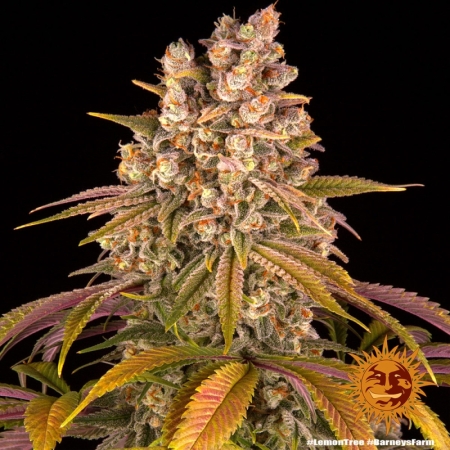
While I had done multiple cycles with autoflowering cannabis seeds, this was actually the first time I grew non-autoflowering regularly feminized seeds.
Maybe some day I write a blog about the particular differences in the experiences I've made with autoflowering and regular feminized cannabis seeds. Make sure to regularly check our blogs so you don't miss anything! Would you like to read more basic information about cannabis and organic growing? Then check out our knowledge-rich encyclopedia!
Growing Cannabis with the Sirius Growshop
Growing your own weed is a somewhat lengthy endeavor that requires a little assortment of gadgets and supplies - luckily the Sirius Growshop offers everything you need at the best prices. We provide you with all your indoor growing equipment, from lighting, over growing tents to ventilation. If you are looking for organic nutrition, we offer organic products from Biotabs, BAC, and other high quality brands. We even sell tools you can use after harvest for making your own hash or even extractions. Make sure to contact our customer service in case you would like to receive more information about cannabis growing techniques and/or have any questions!
Did you enjoy reading this article and do you like to write yourself? We are always looking for people who share our passion for natural products, who can also translate this into great texts. And we have an interesting reward for this. View all information for writers.
Ambient Q100+
Homebox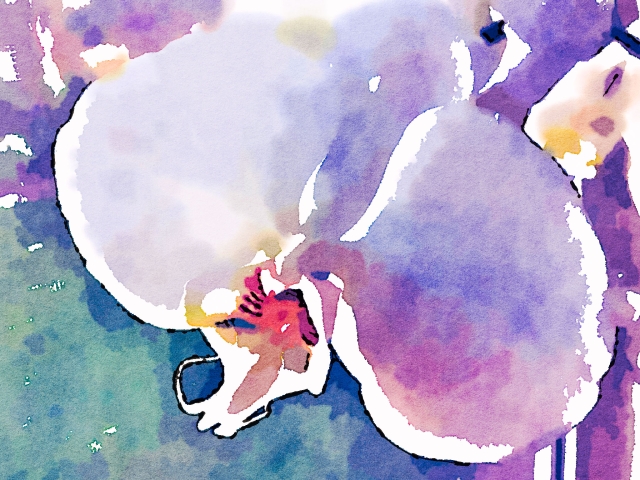 Blog Magic Mushrooms
Psilocybin Therapy as an adjunct to Depression
I sit at a table in a cafe and have a cup of coffee. Around me I see people I don't know, they talk to each other or look silently in front of me. [..]
26-12-2021
8 minutes
Blog Magic Mushrooms
Psilocybin Therapy as an adjunct to Depression
I sit at a table in a cafe and have a cup of coffee. Around me I see people I don't know, they talk to each other or look silently in front of me. [..]
26-12-2021
8 minutes
 Blog Magic Mushrooms
Celebrating Psychedelic New Year with Magic Truffles from Sirius smartshop
Celebrating New Year's Eve is an important event of the year for many. How do you prefer to celebrate New Year? Can you still remember the unforge [..]
25-02-2022
7 minutes
Blog Magic Mushrooms
Celebrating Psychedelic New Year with Magic Truffles from Sirius smartshop
Celebrating New Year's Eve is an important event of the year for many. How do you prefer to celebrate New Year? Can you still remember the unforge [..]
25-02-2022
7 minutes
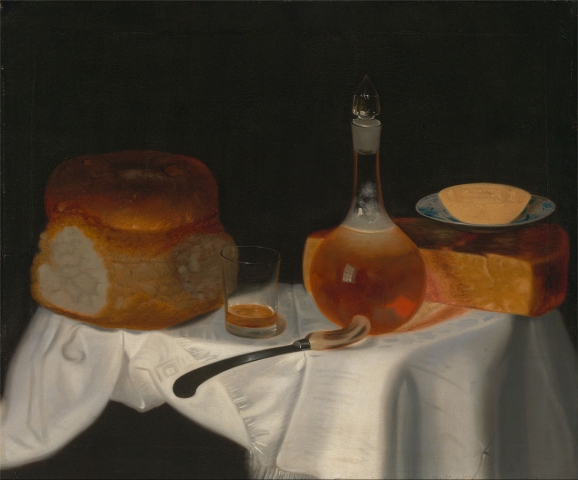 Blog Cannabis
Make your own cannabis butter with this step-by-step plan: recipe + tips
Making your own cannabis butter is not difficult at all and super fun to use in all kinds of recipes with cannabis. I can still clearly remember eatin [..]
Blog Cannabis
Make your own cannabis butter with this step-by-step plan: recipe + tips
Making your own cannabis butter is not difficult at all and super fun to use in all kinds of recipes with cannabis. I can still clearly remember eatin [..]









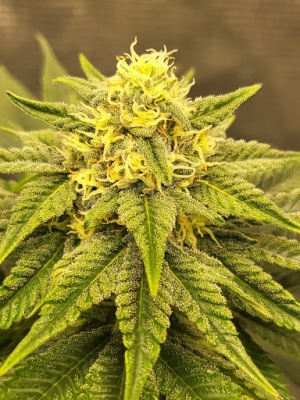

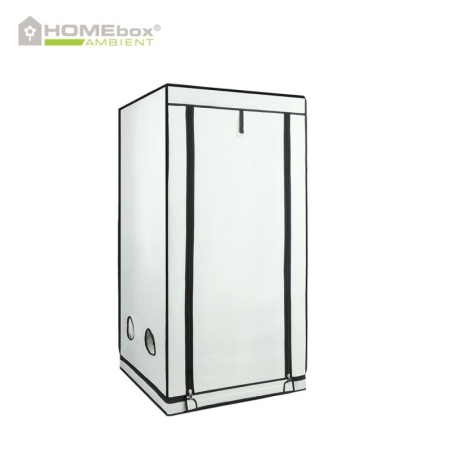


 Nederlands
Nederlands Italiano
Italiano Deutsch
Deutsch Français
Français Português
Português Español
Español Polski
Polski